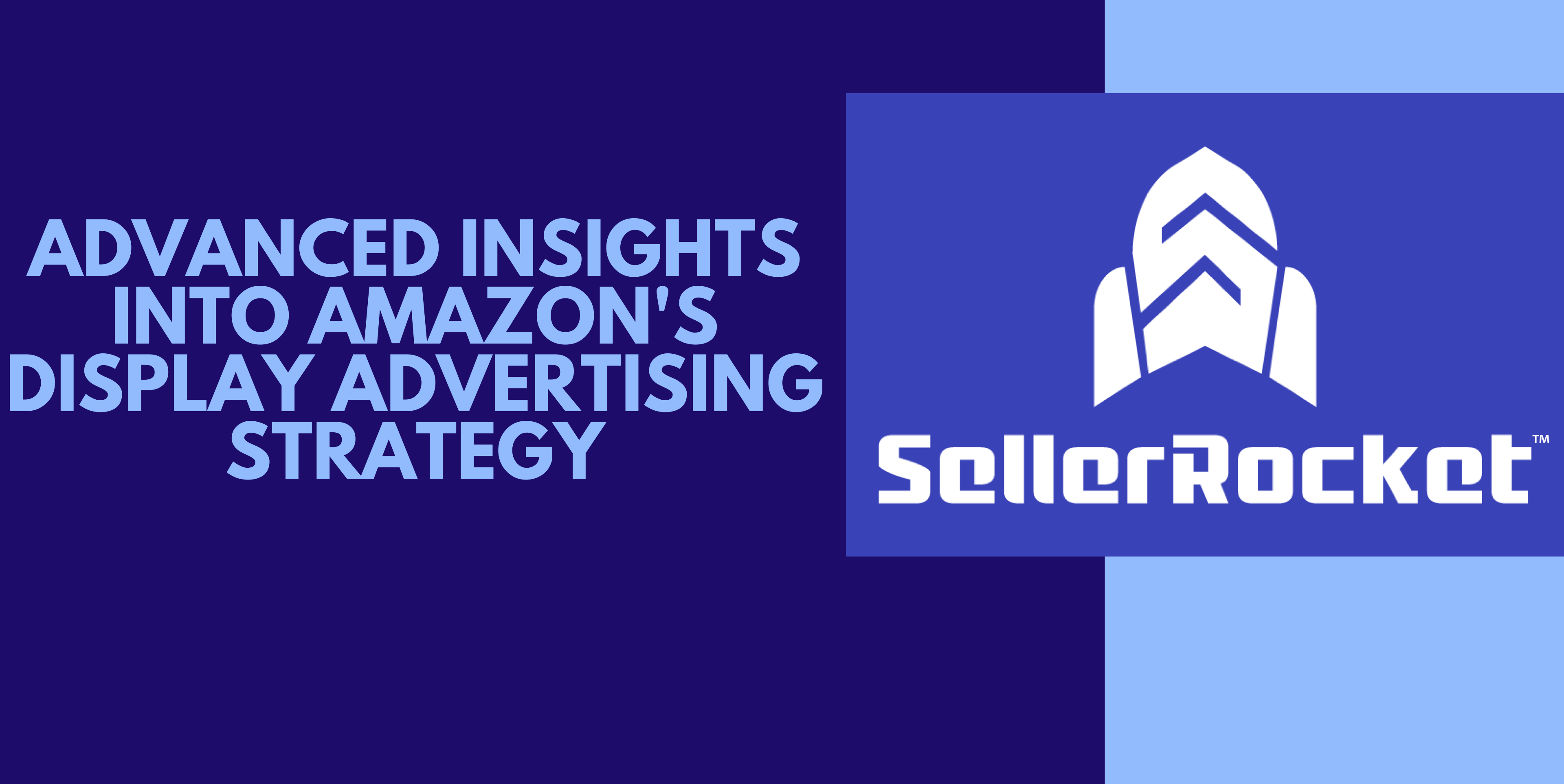
Amazon’s Sponsored Display ads represent a recent and exciting addition to its suite of advertising options. These ads offer a wealth of opportunities, allowing advertisers to expand their reach through both on-site and off-site placements. Unlike traditional display ads that only appear on Amazon, Sponsored Display ads can also be shown on third-party websites, targeting potential customers who have viewed your product on Amazon.
However, many advertisers have yet to fully tap into the potential of Sponsored Display ads. The unfamiliarity with how to use this powerful tool has left many hesitant to adopt it. This article aims to break down what Sponsored Display ads are, how to create a successful campaign, and the best practices for optimizing performance.
Contents
Sponsored Display ads are a self-service, pay-per-click (PPC) advertising solution designed for brands selling on Amazon. These ads allow you to target customers based on product and category interests and reach them both on and off Amazon. One of the key features of Sponsored Display ads is the ability to utilize views remarketing. This means you can serve ads to customers who have previously viewed your product detail page, even when they are browsing external websites or apps.
What sets Sponsored Display apart from other Amazon ad types is its versatility. These ads appear on Amazon’s homepage, product detail pages, and search results pages. They also extend beyond Amazon’s ecosystem, reaching customers across a variety of third-party websites and apps. This gives sellers a unique chance to stay in front of potential customers throughout their buying journey.
Sponsored Display ads follow a cost-per-click (CPC) model, meaning you only pay when someone clicks on your ad. The cost for each click is determined through a second-price auction system. Advertisers set a maximum bid they’re willing to pay for a click, and the highest bidder wins. However, the winner only pays $0.01 more than the second-highest bid, making it a cost-efficient way to manage ad spend.
The cost-per-click for Sponsored Display ads varies depending on several factors, including competition within your category and the effectiveness of your targeting. Fortunately, there is no minimum ad spend required, and you can set a daily budget to control costs and ensure that your advertising remains within your financial goals.
While Sponsored Display ads are similar to Sponsored Products and Sponsored Brands in that they all appear on Amazon, there are distinct differences. Sponsored Products are keyword-targeted ads that focus on promoting individual products within Amazon’s search results. Sponsored Brands, on the other hand, allow advertisers to showcase multiple products and feature custom headlines and logos, with a focus on brand-building.
What sets Sponsored Display apart is its ability to target both individual products and entire categories, along with its unique off-Amazon placements. These features make Sponsored Display ads ideal for remarketing and cross-selling opportunities, as they keep your products visible to customers who have already interacted with your brand.
When creating a Sponsored Display campaign, advertisers have two main targeting options: product targeting and views remarketing. Product targeting allows you to choose specific ASINs or product categories to target. This can include your own products, complementary items, or even your competitors’ products. Views remarketing, on the other hand, targets customers who have previously viewed your product or a similar one in the last 30 days.
The beauty of remarketing lies in its ability to re-engage customers who have shown interest in your product but have not yet made a purchase. This targeting method can help keep your product top-of-mind as shoppers continue their research or move further down the sales funnel.
To get the most out of your Sponsored Display ads, it’s essential to follow a structured strategy. Start by targeting complementary or substitute products in your campaigns. By focusing on competitors’ products, you can leverage their traffic to capture potential customers who are already in the market for similar items. This is known as “offensive” targeting.
Once you’ve mastered offensive targeting, consider adding defensive strategies to your campaigns. With defensive targeting, you focus on promoting your own products and cross-selling within your brand. For example, if you sell a budget coffee machine, you could target higher-end coffee machines from your own brand or related accessories like coffee grinders. This strategy helps you maintain control over your product listings while creating cross-selling opportunities.
As you gain more experience with Sponsored Display, expand your campaigns by incorporating views remarketing. This advanced strategy is best used once your product detail pages have received enough traffic to generate significant remarketing opportunities.
To maximize the effectiveness of your Sponsored Display campaigns, it’s crucial to optimize your product listings and ensure your organic rankings are strong. The more traffic your product detail pages attract, the more effective your remarketing efforts will be. Additionally, setting clear performance goals and adjusting your bids based on conversion likelihood will help fine-tune your campaigns.
Another best practice is to start with a low daily budget and gradually increase it as you see positive results. This allows you to monitor performance and make adjustments without overspending. You can also use Amazon’s machine learning algorithms to automate bid adjustments based on performance, further optimizing your campaigns without manual intervention.
Amazon Sponsored Display ads offer a wealth of opportunities for advertisers looking to extend their reach and engage customers across the web. By strategically using product targeting, views remarketing, and defensive/offensive tactics, you can create highly effective campaigns that drive sales and increase brand visibility. With careful planning, optimization, and ongoing refinement, Sponsored Display ads can be a powerful tool in any Amazon advertising strategy.
© 2025 SellerRocket TM . All Rights Reserved.
Get our latest updates directly to your inbox.
Only the best in eCommerce and affiliate news, tips and tricks.
